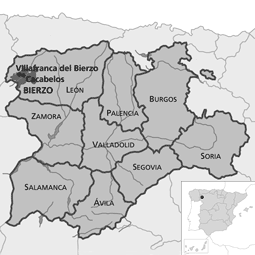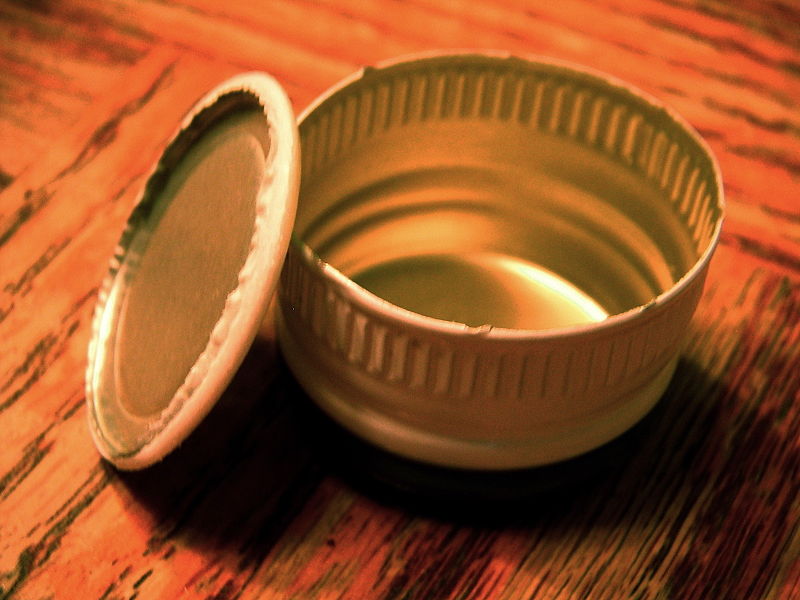 I had the great pleasure of attending an exceptional wine dinner featuring older vintages (1986, 1997, 2000, 2003) of Bordeaux wines last weekend. The company was delightful, the venue memorable (Menton, Barbara Lynch's latest venture), and the wine superb. Yes, I am happy to make such a blanket statement about the vin even though the group found there was some bottle variation among the wines on offer and there was some discussion of the merits of each selection. (More on the specific wines tasted in a later post....)
I realized in retrospect that "bottle variation" is a topic that isn't really discussed in the mainstream. Folks might grab a bottle off the shelf - or buy a case of something they had a tremendously good experience with once - and discover the next bottle is "still good, but doesn't taste quite the same". This can happen for a number of reasons.
I had the great pleasure of attending an exceptional wine dinner featuring older vintages (1986, 1997, 2000, 2003) of Bordeaux wines last weekend. The company was delightful, the venue memorable (Menton, Barbara Lynch's latest venture), and the wine superb. Yes, I am happy to make such a blanket statement about the vin even though the group found there was some bottle variation among the wines on offer and there was some discussion of the merits of each selection. (More on the specific wines tasted in a later post....)
I realized in retrospect that "bottle variation" is a topic that isn't really discussed in the mainstream. Folks might grab a bottle off the shelf - or buy a case of something they had a tremendously good experience with once - and discover the next bottle is "still good, but doesn't taste quite the same". This can happen for a number of reasons.
When dealing with smaller production wines meant to age like those I tasted Saturday, how the wine is handled and storage condition are critical to preserving a wine. Factors like exposure to heat and light and how well the cork holds up over time can significantly impact it. Back in the day when wineries conducted assemblage (the process of blending a wine) more organically, or when winemakers would siphon off certain amounts from each barrel and bottle each bottle individually, in/consistency bottle to bottle literally happened in the moment. But today and since roughly the 70s, stainless steel tanks allow winemakers to blend at once and then send the wine through a bottling line. Among the more elite wineries with the funds/equipment et. al. necessary to create a consistent wine bottle to bottle and with a careful attention to detail regarding shipment, you can imagine things should be pretty dang consistent. True, you never know what happens behind the scenes as the wine is handled from importer, to distributor, to you. But still....
My take is that when all parts are created equal and particularly when we're dealing with high-end stuff that has the best chance of any to be treated properly in transition from winery to table, bottle variation is the result of something I call "bottle personality". Maybe I'm coining the phrase, maybe I'm not. But we in the trade largely agree that wines can show differently on any given day simply due to tides, atmospheric pressure change and the like. What's not to say a wine can't have an off day? It is an organic creature after all and, like us, can feel inclined to pout - or strut its stuff - accordingly.
I'm not one for change in general, but I do find it absolutely fascinating in the case of wine. It's one of the reasons I'm in this business: the experience is almost always unique, and therefore uniquely fulfilling.
What's your experience with bottle variation?


 Were you nerdy about wine in 2006? If so, you probably read a few
Were you nerdy about wine in 2006? If so, you probably read a few  I'm sure you have read numerous articles about how the world of
I'm sure you have read numerous articles about how the world of  So here's my latest evidence... Last Thursday night I wanted a nice glass of something "comforting" with my dinner. I had a bottle of a baby (e.g. $10) 2005 Bordeaux in my wine fridge I knew would scratch the itch perfectly. I unscrewed the cap (yep! a screw cap, so no fear of a
So here's my latest evidence... Last Thursday night I wanted a nice glass of something "comforting" with my dinner. I had a bottle of a baby (e.g. $10) 2005 Bordeaux in my wine fridge I knew would scratch the itch perfectly. I unscrewed the cap (yep! a screw cap, so no fear of a